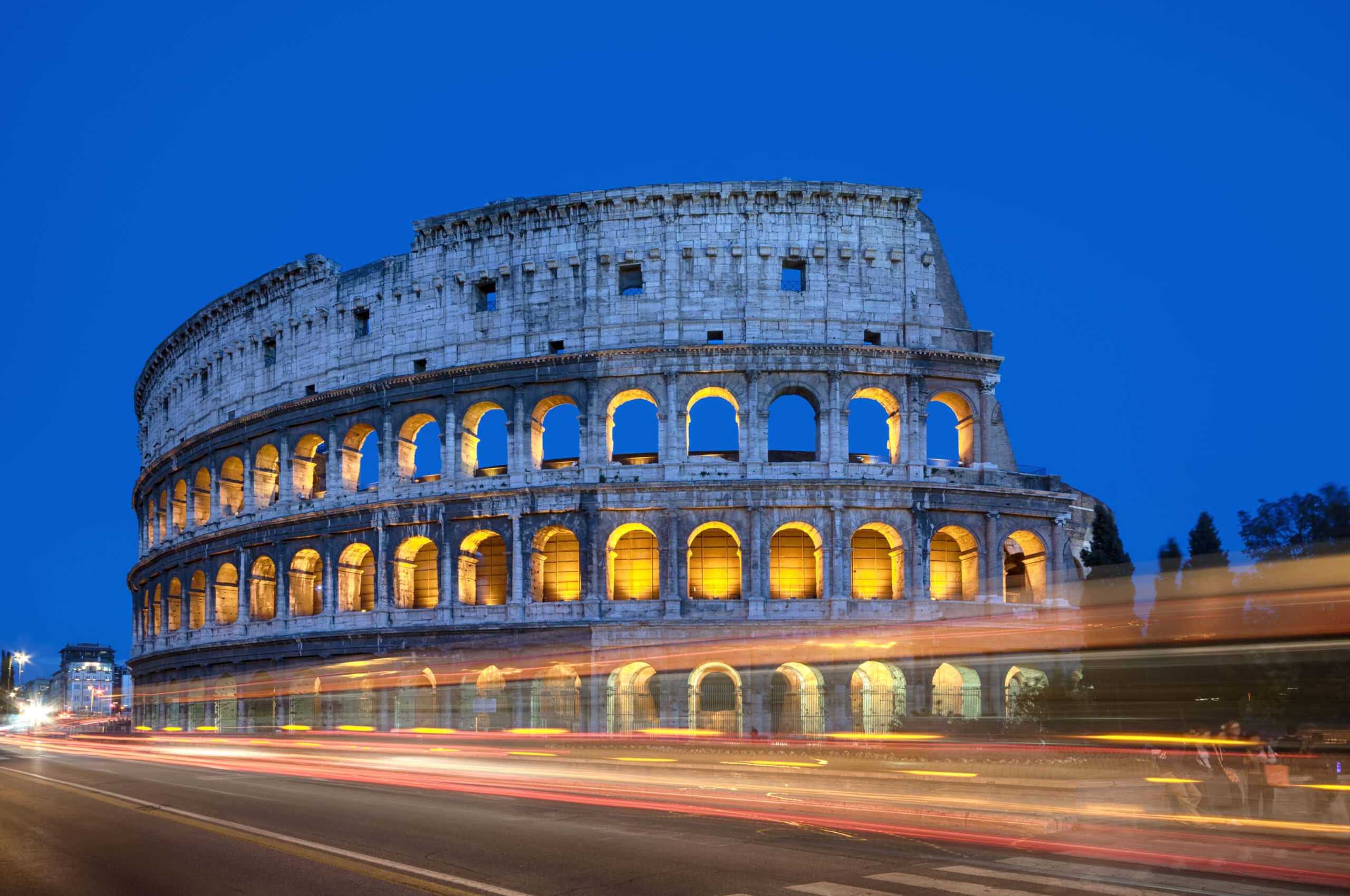
Ever wondered what makes certain landmarks so iconic? Iconic landmarks are more than just tourist attractions; they are symbols of history, culture, and human achievement. From the towering Eiffel Tower in Paris to the ancient Pyramids of Giza, these structures tell stories that span centuries. They captivate millions of visitors each year, offering a glimpse into the past while standing tall in the present. Whether it's the architectural brilliance, the historical significance, or the sheer beauty, each landmark has something unique to offer. Ready to learn some fascinating facts about these world-renowned sites? Let's dive into the stories behind 15 of the most iconic landmarks around the globe.
Key Takeaways:
- The Eiffel Tower, The Great Wall of China, The Statue of Liberty, and The Pyramids of Giza are iconic landmarks with fascinating facts, such as their construction, height, and historical significance.
- These landmarks have stood the test of time, attracting millions of visitors and serving as symbols of culture, history, and human achievement. Their stories and unique features continue to captivate people around the world.
The Eiffel Tower: Paris' Iron Lady
The Eiffel Tower, an iconic symbol of France, stands tall in Paris. This iron lattice tower has a rich history and some fascinating facts.
- Construction: Built for the 1889 Exposition Universelle, it took two years, two months, and five days to complete.
- Height: Originally 300 meters tall, it now stands at 324 meters due to the addition of antennas.
- Weight: Weighing around 10,100 tons, it’s surprisingly light for its size.
- Visitors: Over 250 million people have visited since its opening, making it one of the most visited monuments in the world.
The Great Wall of China: A Monumental Feat
Stretching across northern China, the Great Wall is a marvel of ancient engineering. It was built to protect Chinese states and empires from invasions.
- Length: The wall spans approximately 21,196 kilometers, making it the longest wall in the world.
- Construction: Built over several dynasties, it took more than 2,000 years to complete.
- Materials: Made from a variety of materials including earth, wood, bricks, and stones.
- Visibility: Contrary to popular belief, it is not visible from space with the naked eye.
The Statue of Liberty: A Gift of Freedom
Standing in New York Harbor, the Statue of Liberty is a symbol of freedom and democracy. This colossal sculpture was a gift from France to the United States.
- Height: Including its pedestal, the statue stands at 93 meters tall.
- Construction: Designed by Frédéric Auguste Bartholdi, it was constructed in France and shipped to the U.S. in pieces.
- Torch: The torch has been closed to the public since 1916 due to an explosion caused by German saboteurs.
- Color: Originally a shiny copper color, it turned green due to oxidation over time.
The Pyramids of Giza: Ancient Wonders
The Pyramids of Giza, located in Egypt, are ancient tombs built for pharaohs. They are the last of the Seven Wonders of the Ancient World still in existence.
- Age: Built around 4,500 years ago during the Fourth Dynasty of the Old Kingdom.
- Construction: Made from millions of limestone and granite blocks, some weighing as much as 80 tons.
- Alignment: The pyramids are precisely aligned with the cardinal points of the compass.
Final Thoughts on Iconic Landmarks
Iconic landmarks hold a special place in our hearts. They tell stories of human achievement, cultural significance, and architectural brilliance. From the Eiffel Tower's iron lattice to the Great Wall of China's sprawling expanse, each landmark offers a unique glimpse into history. These structures aren't just tourist attractions; they're symbols of identity and pride for their respective countries. Visiting them can be a transformative experience, providing a deeper understanding of our world. Whether you're marveling at the Taj Mahal's intricate marble work or standing in awe of the Statue of Liberty's towering presence, these landmarks remind us of our shared heritage. So next time you plan a trip, consider adding one of these iconic sites to your itinerary. You'll not only witness incredible beauty but also connect with the rich tapestry of human history.
Frequently Asked Questions
Was this page helpful?
Our commitment to delivering trustworthy and engaging content is at the heart of what we do. Each fact on our site is contributed by real users like you, bringing a wealth of diverse insights and information. To ensure the highest standards of accuracy and reliability, our dedicated editors meticulously review each submission. This process guarantees that the facts we share are not only fascinating but also credible. Trust in our commitment to quality and authenticity as you explore and learn with us.
